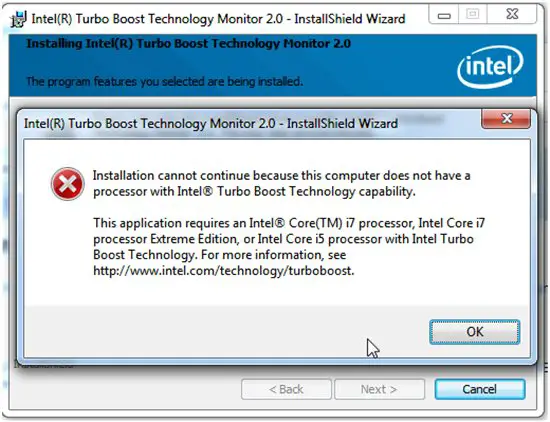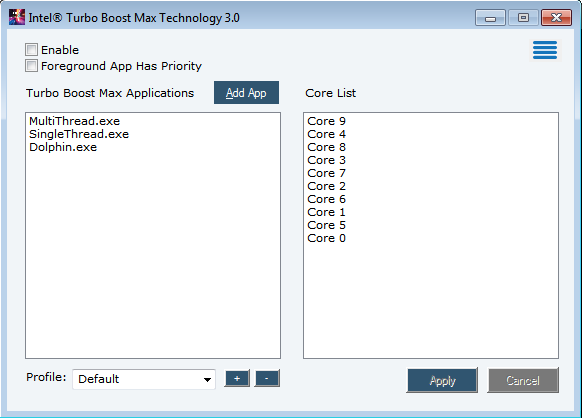


If they receive an input value of 1, they output a 0 if they receive a 0, they output a 1. To help illustrate, below is a summary of the final lab from my first semester of my college digital logic class – which for reasons I won’t go into at this time, I still remember more than 20 years later.īelow is the data table of input and output values.īelow is the circuit I designed for this set of inputs and outputs.įor those not familiar with logic circuit diagrams, I have added some text to help identify the elements. As a result, there is a risk that the output value of a logic circuit can toggle between values while its components do their work. The time required varies slightly each time the process occurs and from component to component. When working with hardware logic circuits, it takes time for each logic component to process its instructions. For this discussion, we will focus on Intel Turbo Boost 2.0, which is readily available in server, desktop, and mobile platforms.)Īnd so, with that being said, let’s dive deeper. (Intel Turbo Boost Max 3.0 is the latest version of Turbo Boost however, it is currently only supported on a limited number of processors which are designed for mobile or desktop use. If this happens, administrators have several options – such as limiting the maximum Turbo Boost frequency, reducing the number of active cores, or disabling Turbo Boost altogether.

However, when we get into heavy CPU load processes – like high performance compute (HPC) – frequent changes in CPU clock speed can actually interfere with system performance. In ordinary everyday use, this is a great benefit. So, with Turbo Boost enabled (which is, again, the default setting in modern BIOSes), the computer will automatically speed up and slow down the processor clock based upon heat (and other factors). Second, Turbo Boost allowed overclocking to move into the server arena – where the consequences of hardware failure are even higher. Thus the risk of overheating the processor was mitigated. Once the processor cooled down, overclocking could resume. This allowed the processor to stop overclocking if it became too warm. First, it provided intelligent, dynamic overclocking. Then, along came Turbo Boost, which did several significant things. So, if you were going to overclock your home system, you had to have confidence that you were doing it correctly otherwise, your very expensive computer could become a very expensive brick. An overclocked CPU could execute instructions more quickly, but if heat wasn’t correctly managed the processor could overheat and cook itself. Several years ago, overclocking home computers was a significant point of pride among technology enthusiasts – i.e. Intel Turbo Boost Technology & Overclocking Before we start our deep dive, let me share a quick overview of Turbo Boost. In other words, there are a lot of underlying bits and pieces that make this whole thing work. To better understand what Turbo Boost is, we’re going to need to spend some time talking about CPU clocks, overclocking, heat management, etc. It is on by default, and unless they are actively monitoring CPU frequency on their systems, they probably have no idea whether Turbo Boost is helping their system performance or not. Intel Turbo Boost Technology 2.0 (hereafter “Turbo Boost”) is usually one of those features that administrators don’t think about. One of Dasher’s most popular blog posts of all time discusses the question, “ Will Hyper-Threading Improve Processing Performance? ” Bill Jones spent some time looking at the related topic of Intel Turbo Boost technology… get ready to really geek out to start 2017! This article is part of the Tom's Hardware Glossary.
#What is turbo boost technollogy series#

However, the effectiveness of Turbo Boost Max Technology 3.0 can be impacted by the following: Additionally, you can monitor the feature with Intel Extreme Tuning Utility (XTU) software.Īccording to Intel, the latest version of its Turbo Boost technology allows for “for higher frequencies with single-core turbo” than its predecessor, Intel Turbo Boost Technology 2.0. That means you don’t have to activate it in the BIOS or otherwise. Similarly, CPUs that support Intel Turbo Boost Max Technology 3.0 have the feature enabled in its hardware and p-code.


 0 kommentar(er)
0 kommentar(er)
